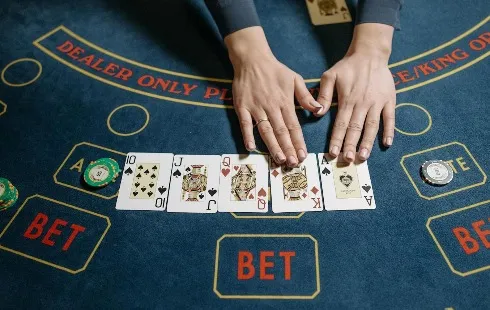
Custom T-Shirts: Last-Minute Gifts They'll Actually Love
Section: Arts
The artist, filmmaker, designer and cartoonist Martin Sharp (Sidney 1942-2013) died on Sunday night at Wirian, his home in Bellevue Hill, Australia, after a long battle with illness. He was aged 71. In 1960 the young Sharp landed at East Sydney Tech (now the National Art School) after graduating from the privileged enclave of Cranbrook School. Justin O'Brien, Cranbrook's art teacher, had taught him the discipline of classical drawing technique, and nurtured his obvious talents.
In the early 1960s, Sharp studied at the National Art School and for a brief time in the architecture department of Sydney University. A naturally gifted cartoonist, Sharp was also adept at causing controversy: a 1964 cartoon for University of NSW student magazine Tharunka resulted in the prosecution of its editors for obscenity.
The art establishment has never known what to make of Sharp, who rocketed to attention in the 1960s with his covers and cartoons for the satirical Oz magazine. Some see a figure who burned early and brightly then traded political edge for mystical pursuits and retreated to his mansion.
Others see a major artist whose observations beneath the exuberant colours remain as insightful as his surname suggests. Sharp lived in genteel poverty in a huge dilapidated house, providing accommodation to an ever-changing cast of friends and hangers-on, while the original artworks he hoarded kept climbing in value. Any other artist would have cashed in on the worldwide fame he had achieved, but Sharp was uninterested in the marketplace or personal wealth. He was devoted to the idea that there should be no dividing line between art and life, or between elite and popular forms of art. Sharp had an optimistic view of human nature, imagining us all capable of enjoying beauty and having fun, being able to distinguish easily between the good and the bad.
Sharp's life has been filled with strange synchronicities, such as an early encounter in a London bar with Eric Clapton. Sharp wrote on a napkin some lyrics he'd penned, Tales of Brave Ulysses. Cream recorded it on their classic Disraeli Gears album, the cover of which Sharp designed. He also designed their Wheels of Fire album and co-wrote with Clapton the biting Anyone For Tennis?
Sharp's four years in London came at the height of the hippie era when visual art, music, politics, fashion and mind-altering substances blended in a crucible of youthful exuberance. "A lot of the ideas that I came across then I'm still working with," he said on an interview to Sydney Morning Herald. "I found a way to work then and I just kept going." It was Clapton, his flatmate in a bohemian Chelsea mansion, who prompted Sharp to see Tiny Tim in concert at the Albert Hall in 1968. Most saw the American falsetto crooner as simply a novelty act; Sharp saw something else. And it has prompted him to invest years - and much of his own money - producing music by him, a film about him and images of this curious muse.
Much of Sharp's work was in commercial or semi-commercial contexts but this didn't detract from their appeal: his posters for Nimrod Theatre are classic late 20th century pop art. Sharp was an iconoclast and, according to some who knew him, a wilful and obstinate dreamer, given to free association ramblings. A former enthusiast of LSD and nicotine, it was the smoking that finally did him in - he died of emphysema. The curious cultural collisions of Sharp's work were produced by a time that will never come again but will live on through his work.

Section: Arts

Section: Arts

Section: Business

Section: Business

Section: Arts

Section: Health

Section: Arts

Section: News

Section: News

Section: Arts
Health Insurance in Germany is compulsory and sometimes complicated, not to mention expensive. As an expat, you are required to navigate this landscape within weeks of arriving, so check our FAQ on PKV. For our guide on resources and access to agents who can give you a competitive quote, try our PKV Cost comparison tool.
Germany is famous for its medical expertise and extensive number of hospitals and clinics. See this comprehensive directory of hospitals and clinics across the country, complete with links to their websites, addresses, contact info, and specializations/services.
One of the most beautiful squares transforms into a summer stage every year for two days. The Gärtnerplatz Open-Air features a free music and cultural program across three stages, as well as street food from local vendors. On Saturday, the main stage at Gärtnerplatz offers something for everyone,...



No comments yet. Be the first to comment!